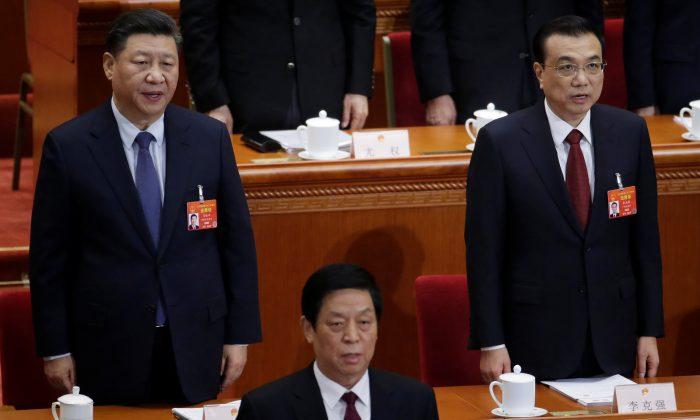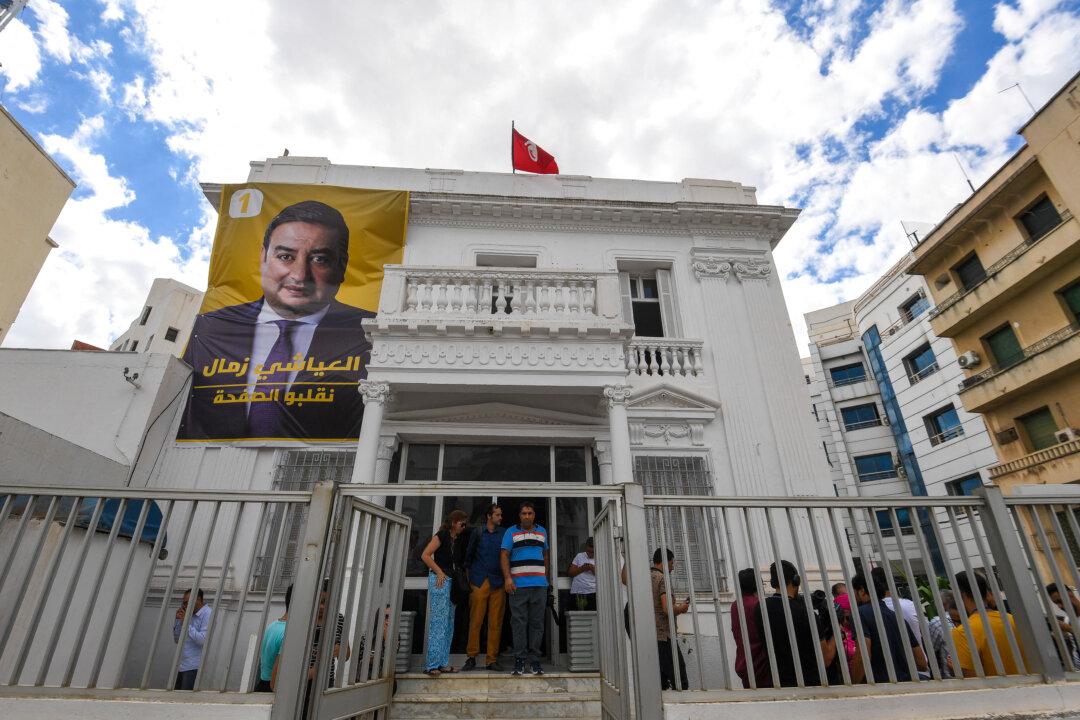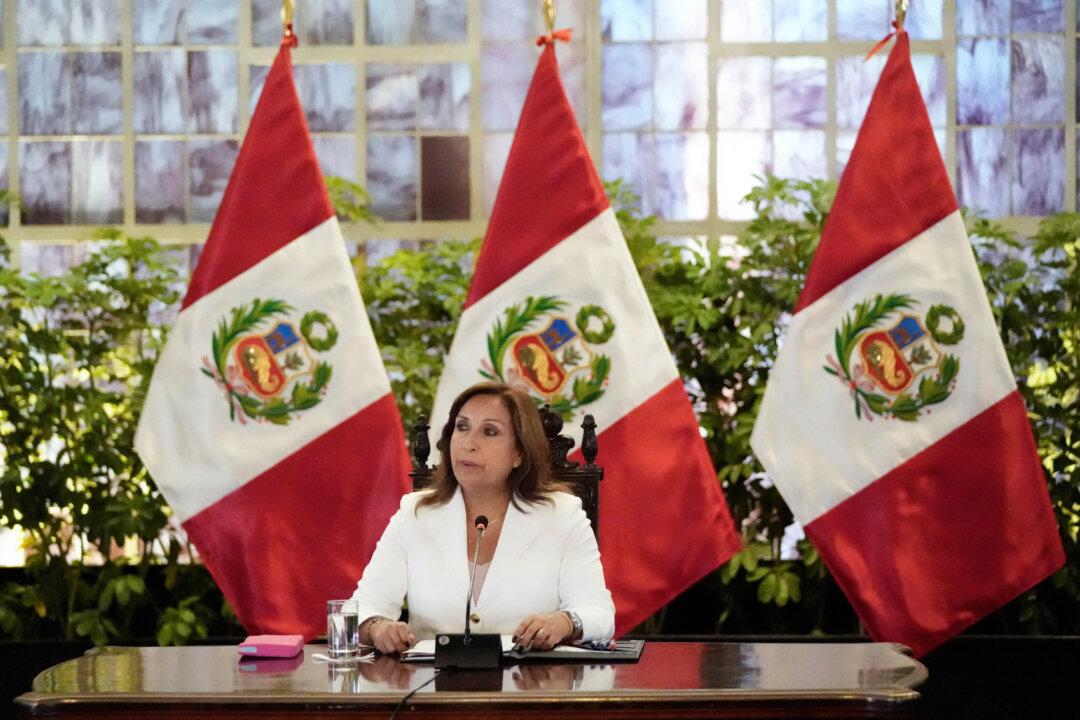The regime is targeting economic growth of 6.0 to 6.5 percent in 2019, Premier Li Keqiang said at the opening of the annual national meeting of the Chinese Communist Party’s political advisory body on March 5, less than the 6.6 percent gross domestic product growth reported last year.
Sources told Reuters earlier this year that China would cut its 2019 growth target of 6.0 to 6.5 percent from the 2018 target of around 6.5 percent as both global and domestic demand ebbed and the U.S. trade war heightened economic risks.
Speaking in Beijing’s Great Hall of the People, Li warned of the challenges the world’s second-largest economy faced.
“The environment facing China’s development this year is more complicated and more severe,” he said. “There will be more risks and challenges that are either predictable or unpredictable and we must be fully prepared for a tough battle.”
Li said China’s fiscal policy would become “more forceful,” with planned cuts of nearly 2 trillion yuan ($298.3 billion) in taxes and fees for companies.
Those tax cuts are more aggressive than the 1.3 trillion yuan delivered in 2018 and include reductions aimed at supporting the manufacturing, transport and construction sectors.
China’s GDP last year expanded at its slowest pace since 1990 due to the trade war and Beijing’s crackdown on financial risks, which raised corporate borrowing costs and hurt investment.
Analysts say Beijing’s move to adopt a GDP target range, rather than a single growth figure, gives policymakers room to maneuver. But the increase in planned fiscal stimulus marks an explicit acknowledgement that authorities remain concerned about growth.
“If you are not sick you will not take so many medicines at one time,” said Iris Pang, Greater China Economist at ING Wholesale Banking. “It means the headwinds have not gone away, they are still there.”
A longer-term campaign to curb polluting and low-value industries also slowed China’s vast manufacturing sector.
The annual gathering in the capital includes more than 3,000 delegates, who come from all over China, with ethnic minorities showing up in colorful traditional outfits.
To support growth, Li said China would closely monitor employment at exporting companies heavily exposed to the U.S. market and cut the value-added tax (VAT) for the manufacturing sector to 13 percent from 16 percent. VAT for the transport and construction sectors will be cut to 9 percent from 10 percent.
China aims to keep the urban unemployment rate within 4.5 percent, in line with its 2018 goals. At the same time, it will cut the social security fees paid by companies.





